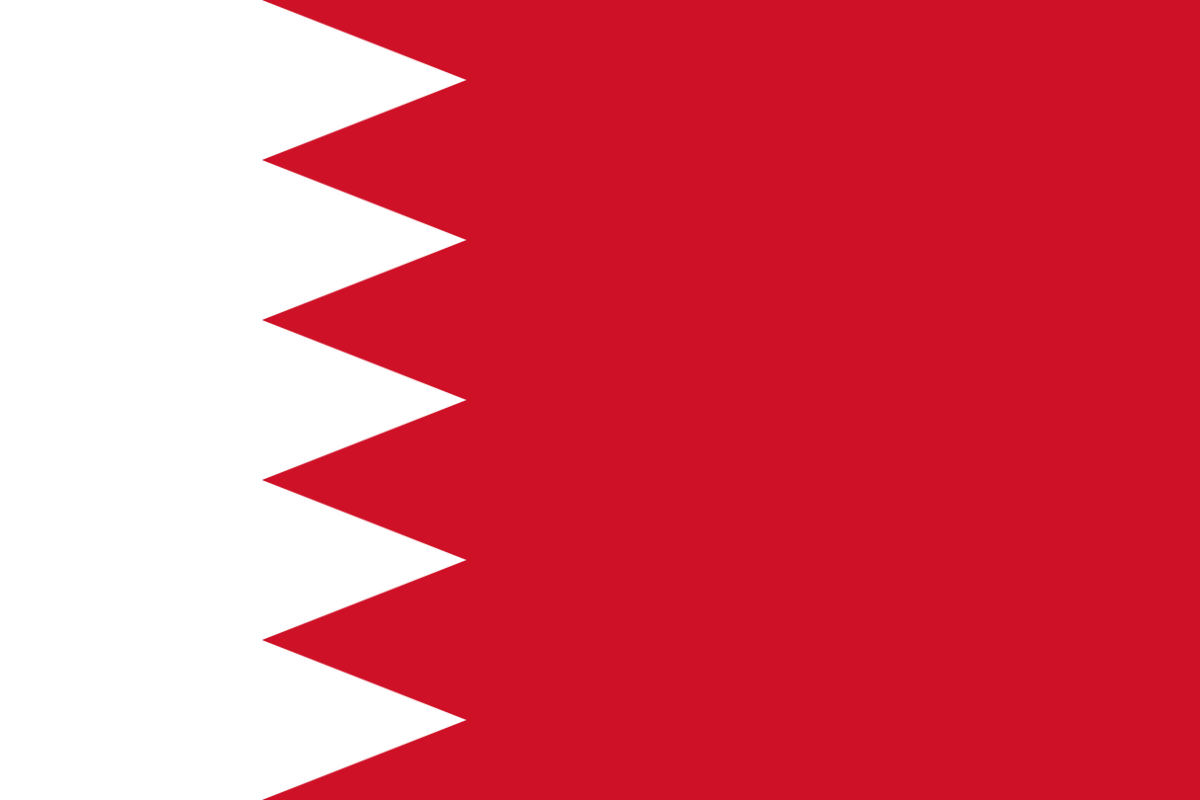The national animal of Bahrain is the Arabian oryx. This is a medium sized antelope with long horns and a clear shoulder bump. They are the smallest members of their genus and are native to desert and steppes in the Arabian Peninsula. They are very important national symbols in Bahrain for many reasons.
The story of the Arabian oryx is very much one of ups and downs over the course of the recent past.
Today they are very important national emblems that mean a lot to the people of the country, but it was not that long ago that, in the wild, they were hunted entirely to extinction.
Let’s find out more.

What is the national animal of Bahrain?
The national animal of Bahrain is the Arabian oryx.
This animal is very important to many countries in this part of the world and has for a long time been an iconic wild animal in the Arabian Peninsula.
They are found throughout the Middle East, though they certainly were once a lot more common than they are today.
They are medium sized bovids and are most easily distinguished by their impressive horns, which can be as long as 5 feet.
The oryx itself can range in height from 2.6 to 4.1 feet tall at the shoulder, and can weigh anywhere from 220 to 460 pounds.
They are almost luminous white on their coats, with darker undersides and black stripes on their heads.
They live in a very hot and dry region of the world, and so tend to rest during the heat of the day.
They are excellently adapted to life in the desert where water is very scarce—but more on that later.
Historically, this oryx could be found in virtually all of the Middle East.
They could still be found in Sinai as late as the 19th Century, though their range was massively pushed back towards Saudi Arabia and were not found much outside of that country by 1914.
They tend to range in gravel deserts and hard sands, as this gives them a distinct advantage in protection from predators.
They can move more easily over this rough terrain making pursuit a grat deal more difficult.
They mostly eat grasses, but like many grazers they can also eat a wide range of plant matter like buds, herbs, fruit, tubers and roots.
They are, perhaps above all, very hardy and highly adaptable.
Why is the Arabian oryx the national animal of Bahrain?
There are a few important reasons why the Arabian oryx is the national animal of Bahrain.
To the people of Bahrain, the oryx is seen as an important embodiment of the desert environment that makes up so much of the country.
They are spirits of national values and the natural beauty of Bahrain and its wild habitats, so they have always been important to people living in this part of the world.
Beyond this, though, there is the question of their preservation.
By the 20th Century, the Arabian oryx had been hunted to total extinction in the wild.
They could not be found anywhere in their historic range.
They were, though, successfully reintroduced into the wild in the 1970s, and by the 2010s they were even bumped from endangered to only vulnerable.
Their success in being reintroduced to the wild, then, can hardly be overstated.
This is an important point of national pride in Bahrain.
However, their conservation is by no means a done deal.
They are still vulnerable and the destruction of their habitat, as well as illegal hunting, still jeopardizes their future survival.
By making them the national animal, Bahrain hopes to bring this to greater attention and to aid their futures.
How do Arabian oryx survive without water?
Arabian oryx are excellently adapted to live in the desert and can go very long periods of time without drinking water.
The main way they do this is by getting most of the water they need from plant matter.
They can find it in plants, roots, tubers and fruits very efficiently, and this enables them to move around for long periods without needing water.
Of course, on the other hand, they are also just very good at finding water and following rain.
They can sense rainfall from some distance away, and so they are able to find water wherever it is available.
Are Arabian oryx aggressive to humans?
Generally, Arabian oryx prefer to avoid any contact with humans in the first place.
They will retreat from your approach from a long distance away and will always prefer avoiding you entirely to actually getting aggressive in order to defend themselves.
Of course, though, they will defend themselves if corner and their horns, while mostly for display and competing males, are not without their uses for defence.
So, they are not aggressive by nature and will not seek out confrontations with humans or other animals for that matter, but they will certainly defend themselves when necessary.
So, while you want to be careful of interacting with them in the wild, they are generally not that aggressive and their semi-peaceful nature is part of what has made them an important national symbol in Bahrain.
They embody the national spirit in many ways, and the story of their having been driven to extinction before, almost miraculously, having been brought back, is very important to lots of cultures in this part of the world.

